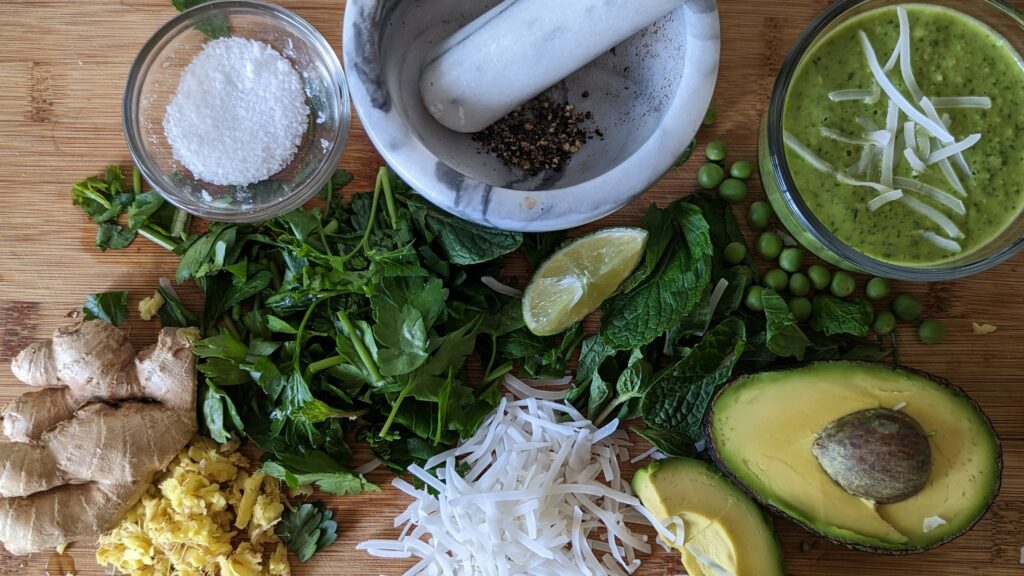
A cheerful mint whose flavor and aroma have inspired candy canes, chewing gum, breath mints, and holiday goodies of all sorts, the uses for peppermint (Mentha x piperita) leaf as a versatile herb with numerous botanical benefits and usages are many. With a long history among Greek, Roman, Egyptian, Chinese, and Japanese cultures, peppermint is one of the oldest herbs used in herbalism, for both its culinary and health applications. The Romans and Greeks were even known to wear crowns of peppermint at their feasts and celebrations (McIntyre, 1996; Mills & Bone, 2000).
Peppermint is a robust perennial that offers a pleasant taste and aroma, in addition to a host of wellness benefits—it has withstood the test of time as a favorite herb for cooking and herbal preparations for good reason. Let’s take a look at some of the many uses for peppermint—ways in which to enjoy, appreciate, and apply this hardy, delightful, pleasant-smelling, and delightful-tasting plant.
The energetic qualities of peppermint leaf are described as spicy, bitter, and cool (Tierra, 1988), as well as sweet with an overall purifying effect (Dass, 2013). Its cool, purifying nature means that it has a tendency to increase vata dosha, so should be used cautiously with high-vata individuals and vata conditions. This would be determined if the individual and/or condition presented with excessive lightness, dryness, mobility, and/or coldness, to name a few determining factors.
Read the full post on the Herbal Academy blog here: 3 Supportive Uses for Peppermint You Need to Know.